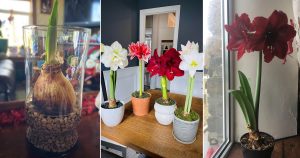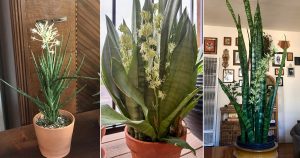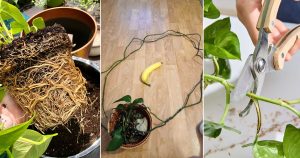I don’t have any science to back this up, but I think container-grown plants are more susceptible to aphids than plants grown in the ground. It’s just something I’ve observed over the years. Luckily, this has been a pretty easy problem to solve.
I think the problem is two-fold. First, no matter how well you treat your container garden, plants are almost always more stressed in a container than they would be in the ground with the same level of care. Stressed out plants are like homing beacons to pests. And second, many container gardens aren’t as hospitable to aphids’ natural enemies as larger gardens, so aphids multiply without any interference from Mother Nature.
I originally titled this post “Ladybugs – A Gardeners Best Friend,” which provides a pretty good hint as to my favorite aphid treatment. Ladybugs–and especially their larva, as you can see in the photo above–love snacking on aphids. I was so excited to see a bunch ladybug larvae in my garden this weekend because I know they are busy growing like crazy, which means they will need to eat a lot of aphids.
Attract Native Ladybugs
The best way to use ladybugs to control your aphid population is to attract the locals. And the best way to do that is to plant things ladybugs love. Usually, that means plants that upward facing flower umbels, like dill and yarrow. Other ladybug favorites are golden marguerite daisies and bachelor buttons. You might also try growing sweet alyssum in between all of your edible plants. They attract bees (which are great for pollinating) and flower flies (which like eating aphids).
Or Try Store Bought Varieties
If you can’t seem to attract any local ladybugs, or you want the aphids gone yesterday, you can pick up a container of ladybugs at your local garden center. They aren’t as good as the locals because they’re often native to mountain areas and are shipped several hundred miles to your nursery. In my experience, they’re more likely to fly away than the ladybugs native to my area.
To reduce this problem, put the store-bought ladybugs in the fridge until late evening. This helps make them sluggish and more likely to stay the night. Sprinkle them in all the aphid infested areas. Hopefully, they’ll hunker down for the night and then eat lots of aphids in the morning.







